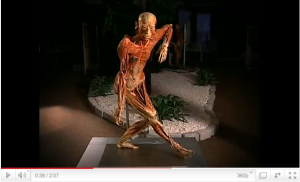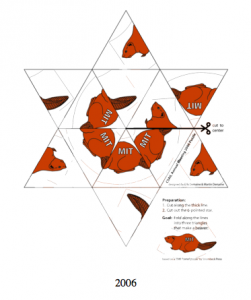In 1920, the fraternity Omega Psi Phi at Harvard University created Negro History and Literature Week. Carter Woodson, the son of former slaves and the second black person to earn a degree from Harvard, chose to celebrate in the month of February as a way to pay respect to Abraham Lincoln and abolitionist Frederick Douglass who both have birthdays in February. By the 1970s, the Black Power Movement was going strong and the Association for the Study of African American Life and History changed the weekly observation to a month-long observation, now known as Black History Month.
Many teachers will use this time of year as an opportunity to show students the importance of remembering the triumphs and tragedies in black history as well as to examine today’s culture and realize contemporary triumphs and tragedies. Nationwide, cities are celebrating throughout the month with literature, sculpture, music, stories, film, dance, lectures,  community gatherings and more. The New York City Department of Parks and Recreation selected pieces from the city’s permanent sculpture collection representing influential people in black history and displayed them on their website for the public to learn more about these immortalized key players, like Duke Ellington and Jackie Robinson. In Denver, the University of Colorado Denver Black Staff and Faculty Affinity Group is calling on black staff, faculty and students to come together to create a support group to take action and invite discussion. In Tallahassee, their Black History Month Festival focused on local people who will one day make the history books. “Our black history cannot be just Rosa Parks and Martin Luther King — we are so much more than that,” Lt. Gov. Jennifer Carroll said.
Do you know a courageous person who should be recognized for Black History Month? Use the comment box below to share your story of a trailblazer you know who is working in your community or someone else’s.











![By Paul Stevenson (http://www.flickr.com/photos/pss/2252443224/) [CC-BY-2.0 (www.creativecommons.org/licenses/by/2.0)], via Wikimedia Commons](http://upload.wikimedia.org/wikipedia/commons/0/0e/Koerperwelten02.jpg)





